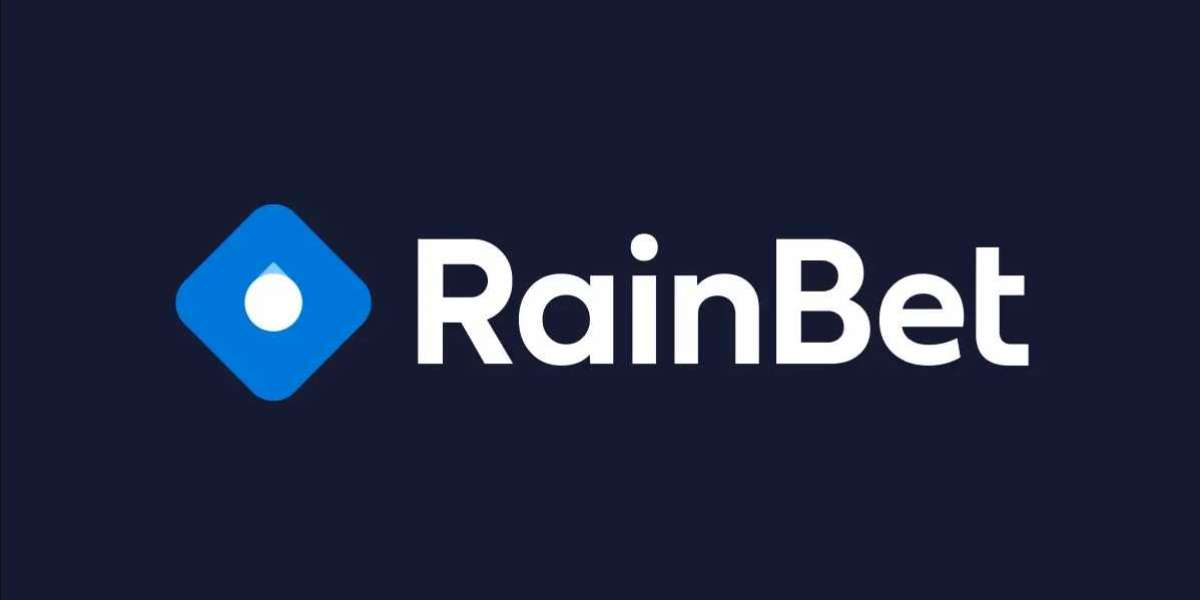lpg gas Malaysia (LPG) is a critical component of Malaysia’s energy sector, widely used in residential, commercial, and industrial applications. As a versatile and cleaner-burning fuel, LPG plays a key role in meeting the nation’s energy needs while supporting economic growth and environmental sustainability. This article explores the production, distribution, uses, challenges, and future prospects of LPG in Malaysia.
What is LPG?
LPG is a mixture of hydrocarbon gases, primarily propane and butane, that can be easily liquefied under moderate pressure. It is produced as a byproduct of natural gas processing and crude oil refining. Known for its portability, high energy content, and clean-burning properties, LPG is an essential energy source in Malaysia.
Production and Supply of LPG in Malaysia
Malaysia is a significant producer of LPG, leveraging its robust oil and gas industry. The country’s major natural gas processing facilities and oil refineries, such as those operated by Petronas, produce LPG as a byproduct. Key facilities include:
- Petronas Gas Processing Plants in Terengganu: These facilities process natural gas extracted offshore, with LPG being one of the key products.
- Refining Complexes in Johor and Melaka: LPG is also derived during crude oil refining at these facilities.
While Malaysia produces a substantial amount of LPG, imports are also utilized to supplement domestic supply and meet growing demand.
Distribution of LPG in Malaysia
The distribution of LPG in Malaysia is managed by several major players, including Petronas Dagangan Berhad, Shell Malaysia, and BHPetrol. The supply chain ensures accessibility across urban and rural areas through:
Cylinders for Domestic Use
- LPG is supplied in refillable cylinders, typically available in 12kg and 14kg sizes for household cooking. Smaller cylinders are available for portable applications.
Bulk LPG for Commercial and Industrial Use
- Industries and large-scale consumers receive LPG in bulk, stored in large tanks at their facilities.
Transport Sector
- LPG is marketed as autogas, an alternative fuel for vehicles. While its adoption is limited in Malaysia, it remains an option for lowering transportation emissions.
Applications of LPG in Malaysia
Residential Sector
- LPG is the primary cooking fuel for Malaysian households, especially in areas without access to piped natural gas. It is valued for its convenience, affordability, and reliability.
Commercial and Industrial Use
- In the hospitality sector, LPG powers kitchens in hotels, restaurants, and catering services.
- In industries, LPG is used for processes such as heating, metal cutting, glassmaking, and ceramics due to its clean-burning properties.
Agriculture
- LPG is employed in drying crops and controlling pests, offering an efficient energy solution for rural areas.
Transport
- LPG is a viable option for vehicles as a cleaner-burning alternative to diesel and gasoline.
Government Policies and Subsidies
The Malaysian government has historically subsidized LPG prices to ensure affordability for households, particularly those in lower-income groups. This subsidy policy has played a crucial role in making LPG accessible as a cooking fuel, especially in rural areas.
However, managing subsidies poses challenges, including ensuring they are targeted at those who need them most and balancing the financial burden on the government.
Challenges Facing the LPG Sector in Malaysia
Price Volatility
- LPG prices are influenced by global oil and gas markets, leading to fluctuations that can impact affordability.
Safety Concerns
- The storage and handling of LPG require strict safety measures to prevent accidents. Public education and robust enforcement of safety standards are critical.
Competition from Alternatives
- In urban areas, piped natural gas is increasingly preferred over LPG. Additionally, renewable energy sources are emerging as competitors.
Infrastructure Gaps
- While urban areas are well-served, rural and remote regions still face challenges in accessing LPG reliably.
Future Prospects of LPG in Malaysia
BioLPG Development
- Efforts to produce BioLPG, derived from renewable sources such as biomass and waste, are gaining traction. BioLPG has the potential to reduce carbon emissions and support Malaysia’s sustainability goals.
Expansion of Distribution Networks
- Investments in infrastructure are expected to improve LPG accessibility in underserved areas, particularly in rural and remote regions.
Technological Innovations
- Advances in storage, transportation, and usage efficiency will enhance the safety and cost-effectiveness of LPG.
Integration with Sustainability Goals
- The LPG sector is aligning with Malaysia’s broader energy transition plans, focusing on reducing its carbon footprint and enhancing the role of clean energy.
Conclusion
LPG remains a vital energy source in Malaysia, providing clean, efficient, and affordable energy to households, businesses, and industries. Despite challenges such as price volatility and competition from alternative energy sources, the sector’s future is bright, with opportunities for innovation and sustainability. As Malaysia moves toward a greener energy future, LPG will continue to play a critical role in bridging traditional fuels and renewable energy solutions.







